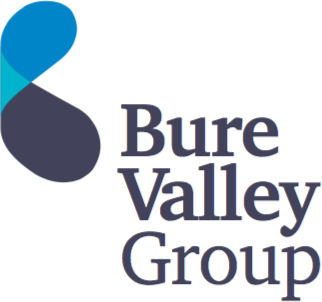Funding Closed: Storelectric
Storelectric is a multi-award-winning UK company aiming to commercialise Compressed Air Energy Storage (CAES) on a mass scale. CAES is a form of grid-scale energy storage that works by using cheap or unwanted electricity to compress air, then expanding this air through a turbine when needed.
Sector
Energy Storage
Projected 3 year ROI
20x
Maximum fundraising
£1,500,000
Minimum investment
£10,000
Enabling renewables to power the world
We might not think about it often, but we all depend on a stable electricity supply system to provide us with the energy we need to run our lives, whenever we want it. This system must be able to cope with the peak energy demand from all its users, all the time. The Storelectric solution is to store excess energy when produced and to use this same energy to provide the missing supply.
Storelectric sees only two proven technologies that can economically provide grid-scale energy storage, as outlined in the previous section, today. Pumped Hydro Storage (PHS) and Compressed Air Energy Storage (CAES). Both are 100% renewable, but the latter has a 3x lower capex.
Highlights
Storelectric’s vision is to become the number one player in grid-scale storage within 5 years.
Fossil-fuelled power stations are to be phased out to meet climate change objectives, making CAES more attractive to future policymakers.
Storelectric is now supported by NAM (Holland’s largest energy company), jointly owned by Shell and Exxon.
CAES is widely implementable and has the potential to become a global and highly valuable industry.
CAES plants have several revenue stream groups in the UK (similar elsewhere), most of which are expected to increase in value.
Revenue stream improvements in CAES and tech advancements hold out a high profitability potential.
Discover more
How it works
The principle of operation of a CAES plant is inherently simple. When more electricity is being generated than wanted, it is used to compress air. This air is stored underground and let out to drive a turbine when electricity is needed.
Potential customers for CAES include a wide range of energy companies worldwide inluding generators, system and interconnector operators, suppliers and underground storage owners. CAES plants have several revenue stream groups in the UK (similar elsewhere), most of which are expected to increase in value.
The first revenue stream group involves buying electricity at off-peak prices and, using their timeshift capability, selling at peak prices, which are on average double. The second revenue stream group comes from providing balancing and ancillary services to the System Operator, National Grid in the UK.
The opportunity ahead
Putting all these revenue streams together, Storelectric CAES plants are expected to earn the 14m in revenue at 40 MW size in 2020, or up to £129m in the same year at 500 MW size.
Indications about the potential market size for CAES in the UK include the government’s Technology Innovation Needs Analysis 2012, which sees ‘value in business creation due to energy storage’ of ~£11.5 billion from 2012-2050. The National Infrastructure Commission report Smart Power 2016, projects a possible £8 billion pa saving to the UK by 2030, if storage and flexibility measures are introduced on a large scale.
Sustainable competitive advantage
There are no known direct competitors in the UK, and a diminishing handful internationally. Storelectric’s CAES plants are designed with flexibility in mind. They can be built at any size from 20 MW to multi-GW, and from 4 hours duration and upwards. In addition, the rate of input, rate of output and volume of storage are all independent variables. Because of their large scale, low capex costs and high efficiency, they are expected to be very profitable even under today’s contractual structures in the UK; more so in the future.

